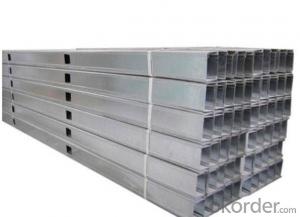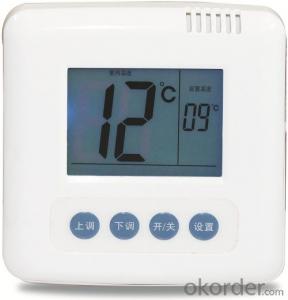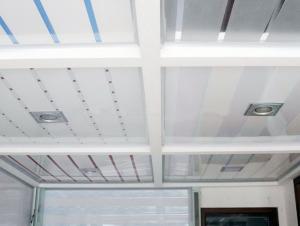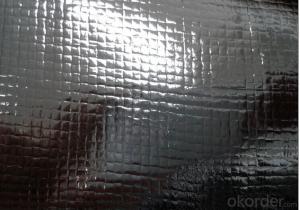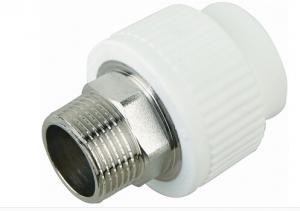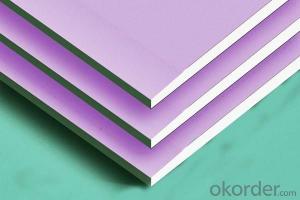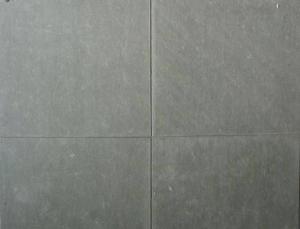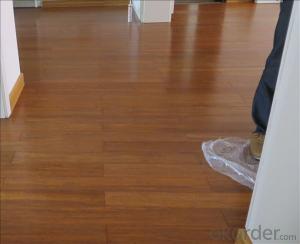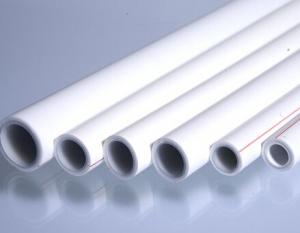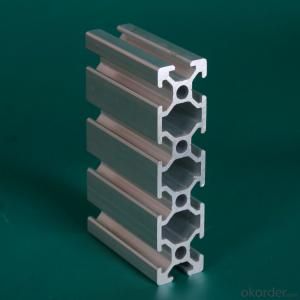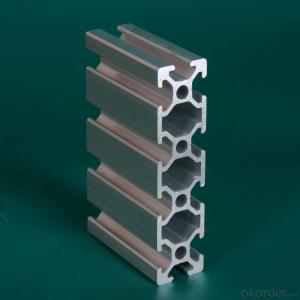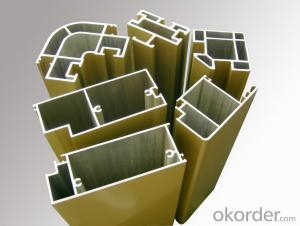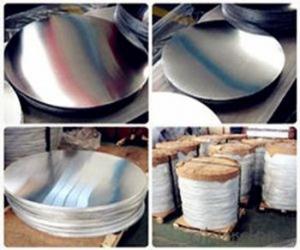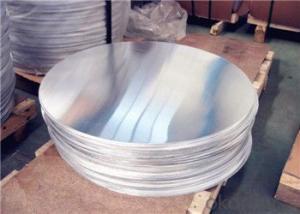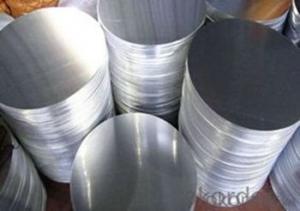Eyeglasses Frames For Men
Eyeglasses Frames For Men Related Searches
Best Paint For Stainless Steel Blanket Insulation For Steel Buildings Primer For Galvanized Steel Foam Filter For Stainless Steel H S Code For Stainless Steel Surface Grinding Wheels For Stainless Steel Surface Grinding Wheels For Hardened Steel Hole Saw For Stainless Steel Paint For Stainless Steel Stainless Steel For BbqHot Searches
Steel Mesh Panels For Sale Price For Stainless Steel Scrap Scrap Price For Stainless Steel Price For Stainless Steel Stainless Steel Plate For Sale Stainless Steel Tank For Sale Stainless Steel Sheets For Sale Cheap High Tea Sets For Sale Stainless Steel Tanks For Sale Stainless Steel For Sale High Density Fiberboard For Sale Solar Hot Water Collectors For Sale Scaffolding For Sale In Uae Scaffolding For Sale In Ireland Scaffolding For Sale In Houston Type Of Inverter For Solar Price Of Shipping Containers For Sale Types Of Inverter For Solar Stock Price For Aluminum Steel Mesh Panels For SaleEyeglasses Frames For Men Supplier & Manufacturer from China
Okorder.com is a professional Eyeglasses Frames For Men supplier & manufacturer, offers integrated one-stop services including real-time quoting and online cargo tracking. We are funded by CNBM Group, a Fortune 500 enterprise and the largest Eyeglasses Frames For Men firm in China.Hot Products
FAQ
- The chemical resistance of aluminum profiles is typically good, but it can vary depending on the chemicals used. Aluminum is able to resist a wide range of acids, alkalis, and organic solvents. Furthermore, it has excellent resistance to atmospheric corrosion, making it suitable for outdoor use. Nevertheless, aluminum is not resistant to all chemicals. It can be vulnerable to corrosion when exposed to certain chemicals, especially those with high acidity or alkalinity. Aluminum profiles can corrode when in contact with strong acids like hydrochloric acid or sulfuric acid. Similarly, strong alkalis such as sodium hydroxide or potassium hydroxide can also corrode aluminum. In addition to the specific type of chemical, the concentration and temperature of the chemical can also impact the performance of aluminum profiles. Higher concentrations and elevated temperatures can increase the likelihood of corrosion. To enhance the chemical resistance of aluminum profiles, they can undergo various surface coatings or anodization. These treatments create a protective layer that improves resistance to corrosion caused by chemicals. In conclusion, although aluminum profiles generally possess good chemical resistance, it is crucial to consider the specific chemicals used, their concentration, and the temperature when determining their suitability for a particular application.
- When dealing with the packaging and shipping of aluminum profiles, there are various factors to take into account. To begin with, it is important to use packaging materials that are sturdy and strong enough to protect the profiles from any external damage during transit. This may involve the use of materials such as corrugated cardboard boxes or wooden crates. Another significant consideration is the need for proper padding and cushioning inside the packaging to prevent any movement or shifting of the profiles. This can be achieved by utilizing protective packaging materials like foam inserts, bubble wrap, or packing peanuts. These materials serve to absorb shock and provide a layer of protection against impacts or vibrations that may occur during transportation. Furthermore, it is crucial to ensure that the packaging is securely sealed and fastened to avoid any accidental opening or harm to the profiles. This can be accomplished by using strong adhesive tapes or strapping materials to maintain the integrity of the packaging. The size and weight of the aluminum profiles should also be taken into consideration when selecting the appropriate packaging. Larger or heavier profiles may necessitate the use of custom-made crates or pallets to facilitate safe and efficient transportation. It is imperative to ensure that the packaging is specifically designed to handle the weight and dimensions of the profiles in order to prevent any structural damage. Moreover, it is essential to properly label and mark the packages to ensure their correct handling and identification during shipping. This includes clearly indicating fragile or delicate items, providing handling instructions, and marking the packages with necessary shipping information such as the destination address, contact details, and any specific instructions for the carrier. Lastly, it is vital to choose a reliable and experienced shipping carrier or logistics provider who specializes in handling aluminum profiles. They should possess the necessary expertise and equipment to safely and efficiently handle and transport these delicate products. In conclusion, considering the appropriate packaging materials, cushioning, sealing, labeling, and selecting a dependable shipping partner are crucial factors to consider when packaging and shipping aluminum profiles. This will ensure the secure delivery of the profiles to their intended destination.
- The company must tender, but it needs material certification, but what do not know exactly?
- Enterprise legal person business license, China Quality Association approved, the national industrial product production permit, 9001 certificate, a copy of tax registration certificate. Surely that will be enough
- How to deal with the mechanical surface of aluminum profile?
- Mechanical texture removal also has mechanical methods, chemical methods can not remove deeper texture, if sand blasting effect is acceptable, you try sand blasting or shot peening
- There are several sealing options available for aluminum profiles, including anodizing, powder coating, liquid paint coating, and mechanical sealing. Anodizing is a popular choice, providing a durable and corrosion-resistant finish by creating a protective oxide layer on the surface of the aluminum. Powder coating involves applying a dry powder to the profile, which is then cured under heat to form a hard, smooth coating. Liquid paint coating can also be used, offering various colors and finishes, but may require more maintenance. Mechanical sealing involves using gaskets, tapes, or other sealing materials to create a tight seal between aluminum profiles. The choice of sealing option depends on the specific requirements of the application, such as desired aesthetics, durability, and environmental factors.
- How many tons of aluminum can be produced by a ton of aluminium ingots?
- Firstly, according to the requirements of a ton of aluminum ingot made of different aluminum alloy rods, concrete can output many aluminum rods must be based on the company's standard, but personally think that a ton of aluminum rod is absolutely not up to a ton of waste in the section product, because in the process of consumption, waste can not be calculated in the product section in.
- Regarding the wall thickness of aluminum alloy profiles, are there any standards in the country?
- < technical specification for glass curtain wall JGJ102-2003> open section bar is not less than 3.0mm. For example, the beams are mostly open and closed at one end with a cover plate. Closed profiles such as stand up, mostly closed type, not less than 2.5mm, these are only the minimum requirements for wall thickness, but also in accordance with the calculation of the book in the calculation of the wall thickness.
- Yes, aluminum profiles are highly suitable for modular construction. They are lightweight, yet strong and durable, making them ideal for creating modular structures. Aluminum profiles are easy to fabricate and can be easily assembled or disassembled, allowing for flexibility in design and construction. Additionally, aluminum is resistant to corrosion, which ensures the longevity of the modular construction.
















